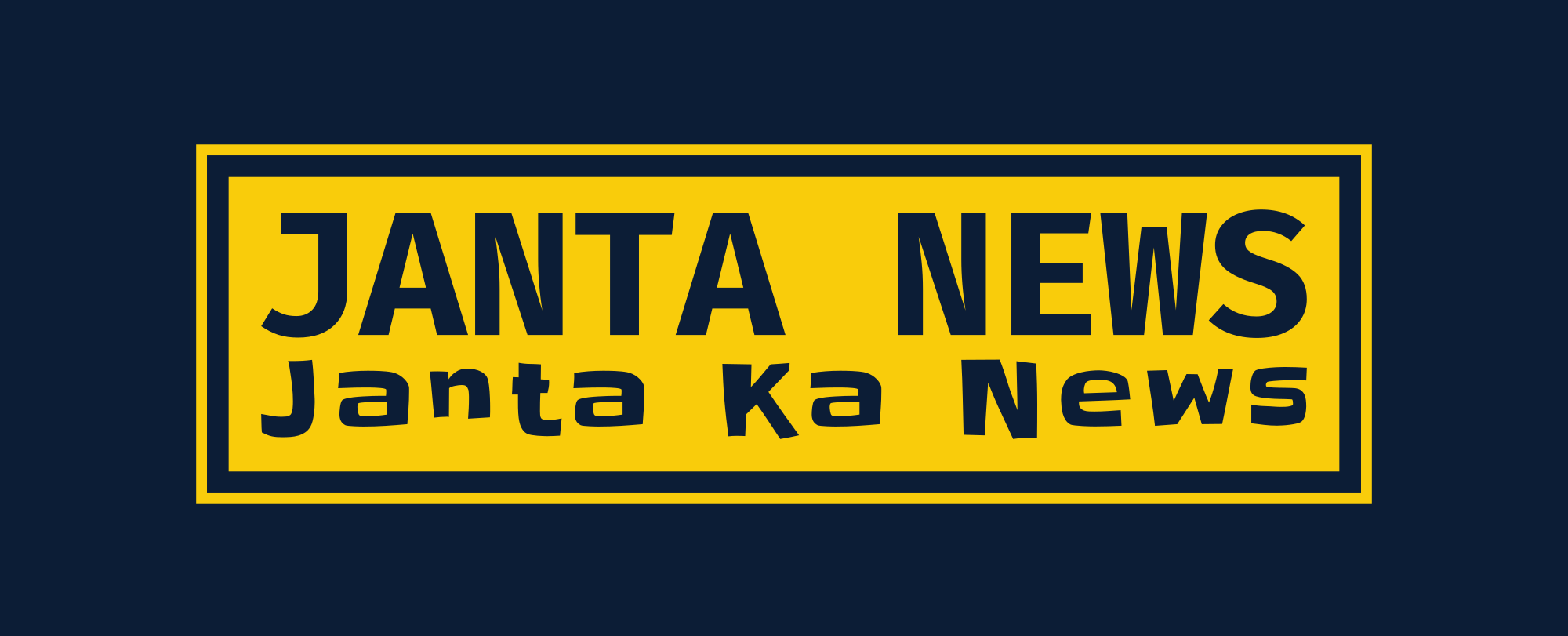These are the pixels and when they are combined together they form an image. It is a multidimensional container of items of the same type and size. I believe you have already installed Python Shell/Jupyter Notebook/PyCharm or Visual Studio Code (to name a few) to program in python. Let’s install the widely used package (OpenCV) to get started with and we are going to run the codes in each cell in a Jupyter Notebook. Below are some of the operations that can be performed using NumPy on the image (image is loaded in a variable named test_img using imread). To carry out manipulation operations there is a module in this library called Image.
Bands and Modes of an Image in the Python Pillow Library
It is a fairly simple and straightforward library, even for those who are new to Python’s ecosystem. The code is high-quality, peer-reviewed, and written by an active community of volunteers. A. The image processing module in OpenCV is crucially used for tasks related to manipulating and analyzing images.
- SimpleITK simplifies complex image processing workflows while maintaining high performance and accuracy, making it an invaluable resource in medical image analysis.
- Simply based on the fact that OpenCV is written in C and C++ whereas PIL is written in Python and C, OpenCV appears to be faster.
- In the code above, you also change the resolution of the cropped image using .resize(), which needs a tuple as a required argument.
- You can also use the .GaussianBlur() filter, which uses a Gaussian blur kernel.
- Python is one of the widely used programming languages for this purpose.
Built Distributions
The first argument in merge() determines the mode of the image that you want to create. The second argument contains the individual bands that you want to merge into a single image. The outputs from the calls to .getbands() confirm that there are three bands in the RGB image, four bands in the CMYK image, and one band in the grayscale image.
Hashes for pillow-10.3.0-cp311-cp311-manylinux_2_28_aarch64.whl
With an extensive repository featuring over 270+ projects grounded in data science and big data, ProjectPro empowers you to apply the skills gleaned from the best Python image libraries directly. So, go beyond mere exploration through ProjectPro’s hands-on projects to transform your expertise into tangible image manipulation achievements. Don’t forget to check out ProjectPro Repository to elevate your image processing journey, unlock your potential, and propel your Python skills to new heights. SimpleCV is a useful open-source framework for computer vision tasks with over 809 GitHub forks and 126 dependent repositories.
Trending Blog Categories
SciPy empowers users to perform diverse image processing operations efficiently. Its seamless integration with NumPy facilitates complex mathematical computations, rendering it indispensable for scientific research, medical imaging, and engineering applications. PIL (Python Imaging Library) is a free Python image library that adds support for viewing, manipulating, and saving various image file types to the Python programming language. Its development has slowed, with the most recent release in 2009.
Let’s consider a simple OpenCV example of image edge detection using Python’s Canny edge detection algorithm. The first argument in .paste() indicates the image that you wish to paste in, and the third argument represents the mask. In this case, you’re using the same image as a mask because the image is a binary image.
The package currently includes linear and non-linear filtering functions, binary morphology, B-spline interpolation and object measurements. SimpleITK is written in C++, but it’s available for a large number of programming languages including Python. Mahotas is another computer vision and image processing library for Python. The interface is in Python, which is appropriate for fast development, but the algorithms are implemented in C++ and tuned for speed.
It also supports fast access to data and performing operations such as rotations and resizing. PIL (Python Imaging Library) is an open-source library for image processing tasks that requires python programming language. PIL can https://forexhero.info/ perform tasks on an image such as reading, rescaling, saving in different image formats. In the context of computer vision and AI, image processing also involves loading, manipulating, and storing images in various formats.
When you merge the red band with green and blue bands containing zeros, you get an RGB image called red_merge. Therefore, the RGB image that you create only has non-zero values in the red channel, but because it’s still an RGB image, it’ll display in color. The mode of the object that .split() returns is ‘L’, indicating this is a grayscale image, or an image that only displays the luminance values of each pixel.
The official documentation is very easy to follow and has tons of examples and use cases to follow. A complete list of resources and documentation is available on NumPy’s official documentation page. Pillow is the friendly PIL fork by Jeffrey A. Clark andcontributors.PIL is the Python Imaging Library by Fredrik Lundh and contributors.As of 2019, Pillow development issupported by Tidelift.

